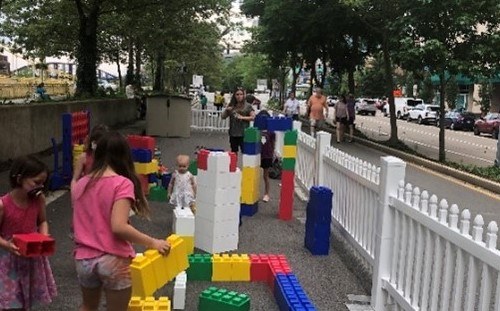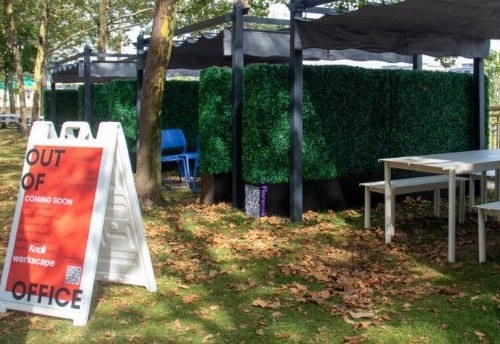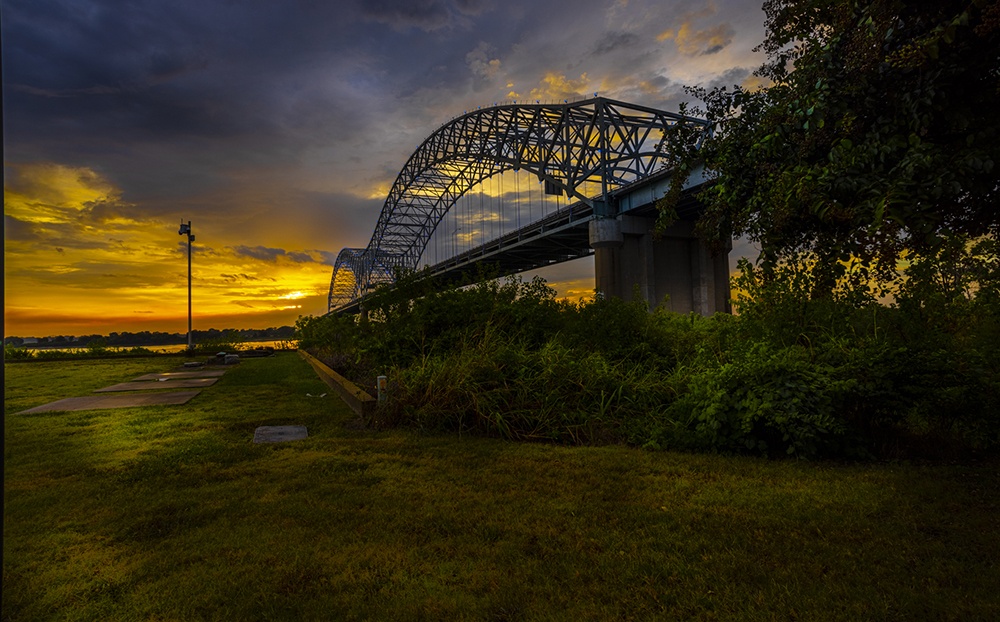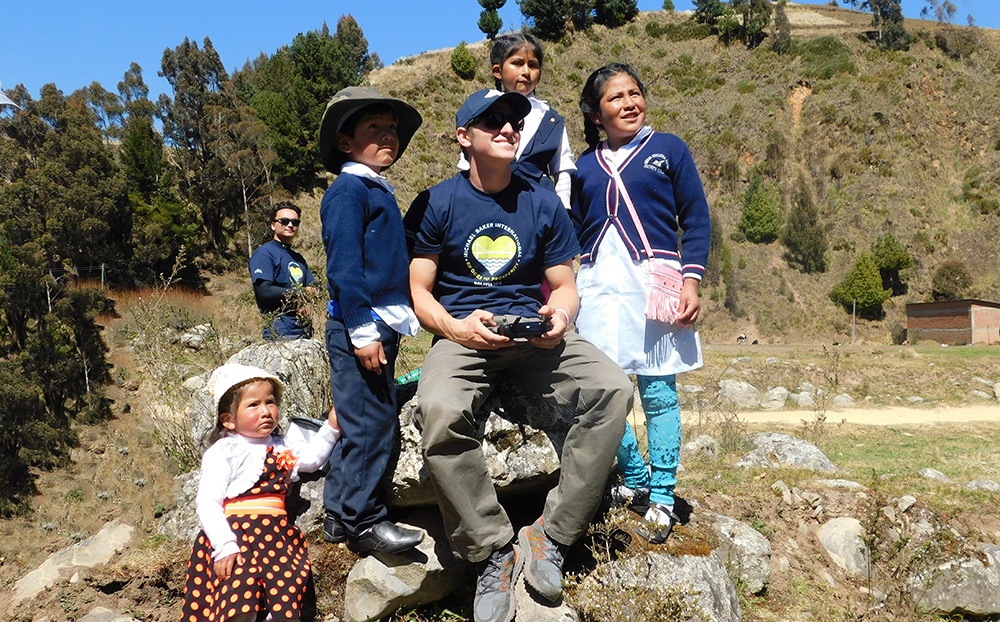In part one of Reimagining Public Spaces through Urban Regeneration (hyperlink part one), we introduced the idea of Regenerative Streets: designing an environment that is adaptable with the capacity to transform into different uses as the needs of the space change.
The City of Pittsburgh, Pennsylvania, launched a pilot program in response to the Covid-19 pandemic that reimagined public areas for people to safely meet with others. The pilot program included reallocating space to accommodate outdoor seating at restaurants along two of the city’s busy thoroughfares, Penn Avenue and 6th Street.
The public embraced the pilot program, bringing new energy to the pandemic-quieted streets of Downtown Pittsburgh, and its popularity spurred a new concept: the Allegheny Overlook, a brand-new pop-up park along Fort Duquesne Boulevard highlighting community, arts and culture while showcasing one of Pittsburgh’s most iconic riverfront views. In this space, we looked to offer not only a place for dining but also for performances, workout classes and workspaces complete with seating and broadband Wi-Fi connectivity (also reflecting the important role of equitable broadband access in the (post)pandemic economy, educational and cultural environment). New technologies such as Wi-Fi also enabled more cost-efficient activation of spaces through software rather than more expensive and permanent structural changes. This makes the space more flexible for different types of uses. This concept created a strong identity for the space while enabling flexibility in uses, reducing costs and creating opportunity for cultural and economic activities.
These changes successfully rearranged, realigned and reimagined Pittsburgh’s Downtown to fit the evolving needs of the community. This has contributed to a paradigm shift where urban spaces are no longer seen as fixed but as flexible and adaptable to evolving needs including (and beyond) the Covid-19 pandemic. This will transform limited spaces like city streets and creates new opportunities for community and social interaction in support of thriving local economies. Conceptually, it reflects the notion that the Regenerative Street is never finished. This is not a new but a rediscovered concept, as streets have, for most of their history, always been places for people to congregate and move. Streets have always evolved, often more adaptable in the past than in modern times, perhaps due to their synergistic role as economic generators and social activities that coexisted with transportation.
Only in the 20th century did the concept of the street change to that of one solely (or predominantly) for the movement of motor vehicles. This was based on a 20th Century planning and engineering approach to solve urban challenges and achieve functional optimization through spatial separation (often with negative effects on safety, environment and quality of life). However, as the example above illustrates, the pandemic has catalyzed a shift back to spatial integration, enabling different uses to co-exist once again. These uses and spaces provide a more diverse and lively experience, leveraged through new technologies and creating a new sense of community and economic vitality. The 21st century will be defined by rethinking streets as public and community spaces once again and being creative and flexible about their use. The Regenerative Street is intentionally incomplete and may very well be the next evolution of the “Complete Street” concept.
As testimony to the success of this concept, the Pittsburgh City Council last month unanimously approved a process that makes outdoor dining and retail activities in public rights-of-way (like sidewalks and parking lanes) a permanent feature of Pittsburgh’s streetscape, extending beyond the pandemic phase. In addition, Pittsburgh’s Urban Redevelopment Authority plans to provide $1 million in grants to help businesses create the new spaces. This will provide both economic, community and transportation benefits as the city shifts toward a safer, more pedestrian and bike-friendly community that is vibrant and less dependent on cars.






